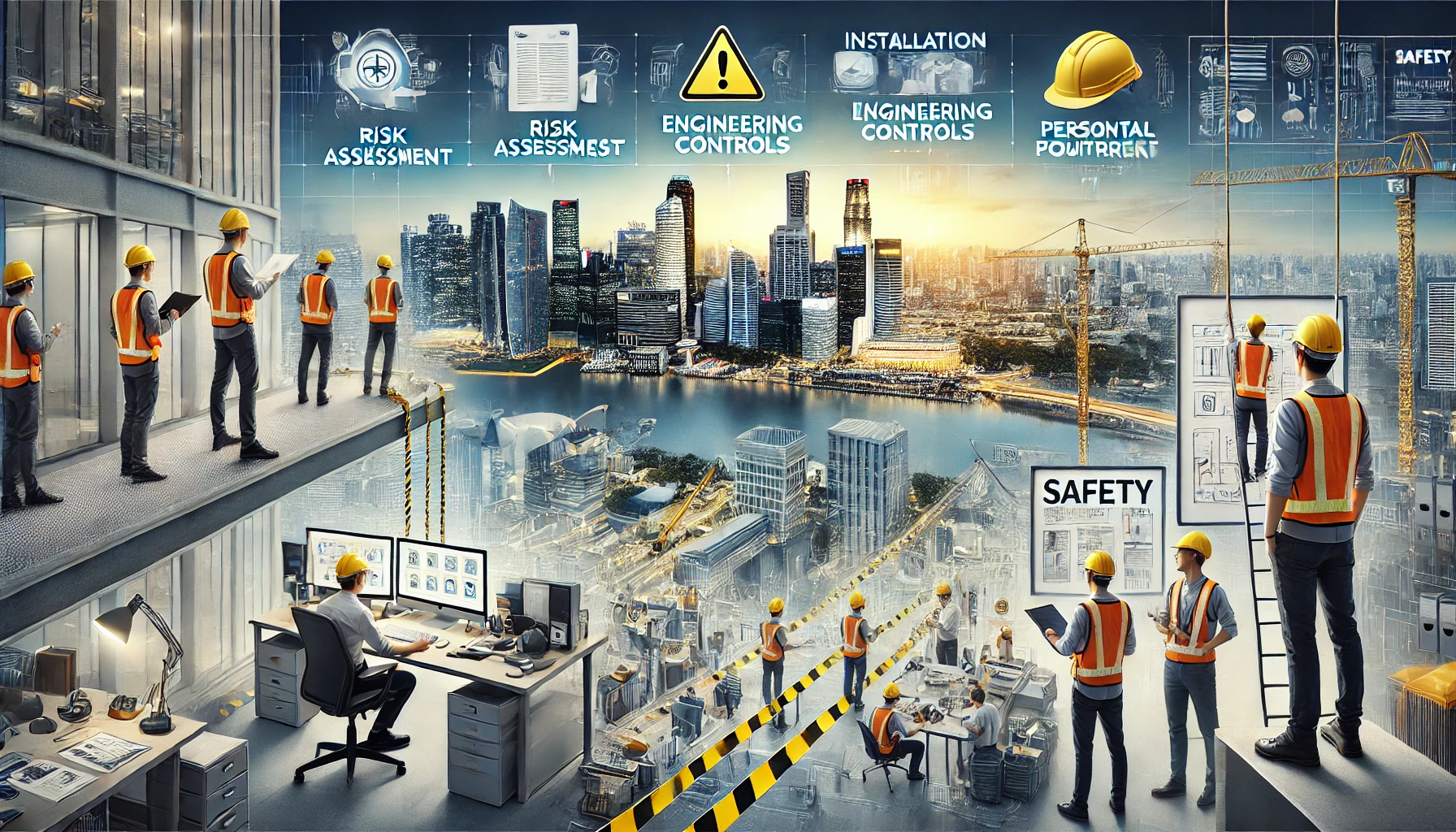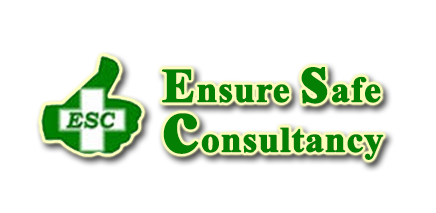
Understanding Workplace Safety and Health Control Measures (WSHCM) in Singapore
www.ensuresafe.sg
96805878
Introduction
Workplace Safety and Health Control Measures (WSHCM) are a cornerstone of Singapore’s approach to ensuring safe and healthy work environments. These measures, governed by the Workplace Safety and Health Act (WSHA), are designed to mitigate risks and prevent workplace accidents and illnesses. This blog explores the key aspects of WSHCM and their implementation in Singapore.
Legal Framework
The WSHA, administered by the Ministry of Manpower (MOM), lays down the responsibilities of various stakeholders, including employers, employees, and occupiers, to maintain a safe workplace. The Act is complemented by specific regulations targeting various industries and hazards.
Key Regulations under WSHA:
- Workplace Safety and Health (General Provisions) Regulations: These regulations cover general safety requirements applicable to all industries.
- Workplace Safety and Health (Risk Management) Regulations: Focus on the systematic identification, assessment, and control of workplace risks.
- Workplace Safety and Health (Construction) Regulations: Address the specific safety needs of the construction industry.
Key Control Measures
1. Risk Assessment and Management
- Employers must conduct comprehensive risk assessments to identify potential workplace hazards.
- Control measures should be implemented to mitigate these risks.
- Regular reviews and updates of risk assessments ensure continued workplace safety.

2. Engineering Controls
- Physical changes to the workplace to eliminate or reduce hazards, such as installing guardrails, safety barriers, and ventilation systems.

3. Administrative Controls
- Establishing safety protocols and standard operating procedures (SOPs).
- Conducting regular safety training and drills for employees.
4. Personal Protective Equipment (PPE)
- Providing appropriate PPE based on the identified risks.
- Ensuring proper use, maintenance, and replacement of PPE.

5. Health Monitoring and Surveillance
- Regular health checks and monitoring for employees exposed to occupational hazards.
- Implementing early intervention strategies to address health issues.
Responsibilities of Stakeholders
Employers:
- Conduct risk assessments and implement control measures.
- Provide necessary training and resources for safety.
- Ensure compliance with WSH regulations.
Employees:
- Adhere to safety protocols and use provided PPE.
- Report any unsafe conditions or incidents.
- Participate in safety training and drills.
Occupiers:
- Maintain safe premises and facilities.
- Ensure that safety measures are in place and functioning.
Enforcement and Penalties
The MOM conducts regular inspections and audits to ensure compliance with WSHCM regulations. Non-compliance can result in severe penalties, including fines, stop-work orders, and imprisonment.
Conclusion
Workplace Safety and Health Control Measures are vital for ensuring the safety and well-being of workers in Singapore. Adherence to the WSHA and its regulations helps create a safe work environment, reducing the risk of accidents and occupational illnesses. Employers, employees, and occupiers must work together to maintain high safety standards and comply with the law.
For more detailed information, click and refer our WSHCM brochure .
Contact us: https://linktr.ee/ensuresafeconsultancy
To know more about our other courses, Click here Course Brochure.
To know more about our other services and courses, Check the video below
